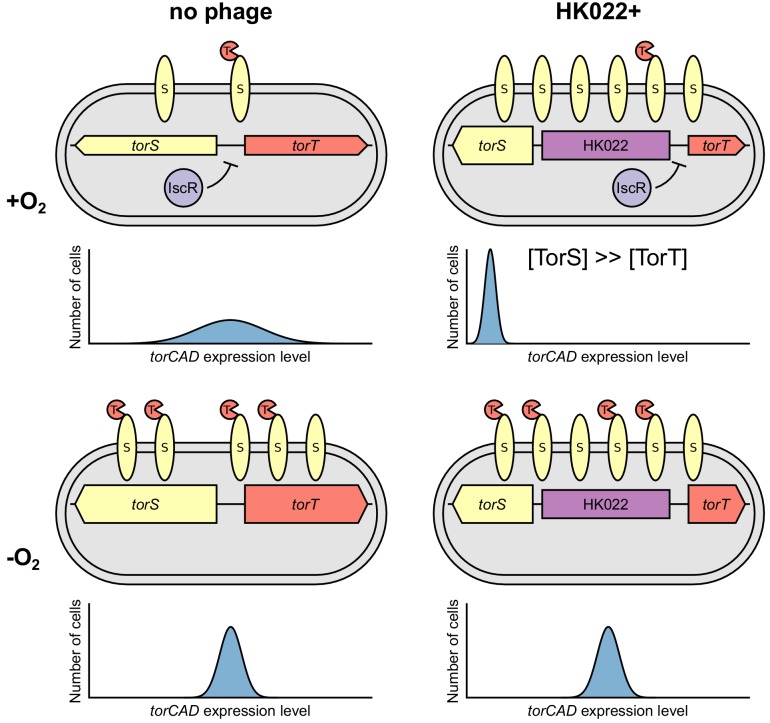Figure 5. Model of how bacteriophage HK022 reprograms the regulation of torCAD expression during lysogeny.
In cells lacking the HK022 prophage, IscR repression of torS and torT during aerobic growth leads to very low TorS and TorT abundance. High variability in the ratio of TorS to TorT results in noisy torCAD transcription (top left). In the absence of oxygen, IscR repression of torS and torT is relieved, decreasing variability in the TorS-to-TorT ratio and noise in torCAD transcription (bottom left) (Carey et al., 2018). In HK022 lysogens, a prophage-encoded promoter drives high torS expression. IscR still represses torT during aerobic growth, and the resulting excess of TorS relative to TorT shuts down torCAD transcription (top right) (see Figure 1A). In the absence of oxygen, IscR repression of torT is relieved, and torCAD transcription is restored (bottom right).

